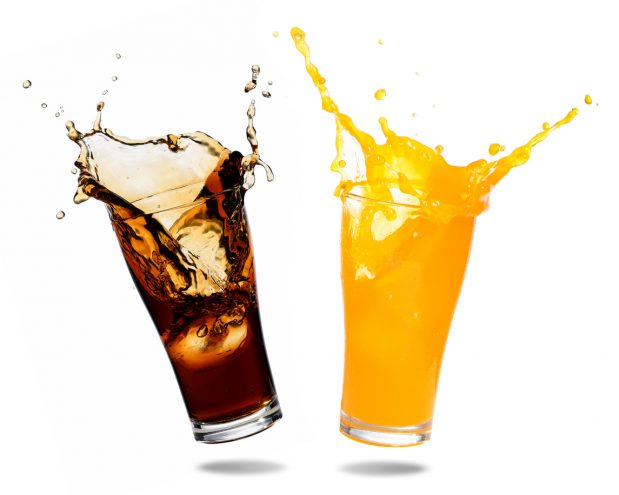60 Seconds in the Spotlight: Stefan Baier, Associate R&D Fellow, PepsiCo

Hi Stefan, thanks for taking the time to chat to us. What is your background, and how did you end up working at PepsiCo?
My background is in food science (food colloids and biopolymers), and I have been with PepsiCo for 10 years.
What area of research are you looking into at PepsiCo?
My area of research focuses on the material science of eating (food oral processing), in which tribology is an important regime.
Why is fundamental research important to PepsiCo?
Building new analytical capabilities in tribology has helped us significantly advance our understanding on how to reformulate our products to meet our performance with purpose 2015 goals. We are looking to reduce the amount of sugar, sodium and saturated fats or increasing the nutritional benefits in our product portfolio.
How widely is tribology understood and used in the food and beverage industry?
Tribology has been quite a buzz word in our industry in the last 15 years, but people need to be better informed what it can do and what it can’t. In other words, texture and mouthfeel are the result of dynamic multi-scale deformations occurring in the mouth, which encompasses rheology to tribology, as we highlight in our 2013 publication (1)
Why do you use the PCS-MTM instrument at PepsiCo?
We have been using the MTM from PCS instruments because of its flexibility in measuring frictional properties of lubricated and unlubricated contacts under a wide range of conditions with accuracy and reliability. More recent modifications to the instruments have allowed us to significantly increase our output in screening for different tribological markers and PCS have been extremely helpful in helping us achieve these modifications while maintaining the instrument performance. Due to numerous publications using the MTM, there is a lot of background knowledge and references we can readily use for the interpretation of our measurements.
What needs to be done to increase the use of tribology in the food and beverage industry?
I think there is a huge opportunity to improve our fundamental understanding of tribology as it relates to mouthfeel. For starters, one needs to understand that tribology is a system property, in which your tribopairs are an important component of your measurement, hence better surface that mimic the oral cavity.
If you could have one tribometer – what would it do/measure?
I would like to have the ability to visualize the contact zone, to help interpret my tribology results and access to better bio-related reproducible surfaces.
How is tribology used in product development of foods and beverages?
Tribology can help you better understand an important regime in food oral processing, where the surface properties start to dominate. These insights can be used to build back mouthfeel qualities often lost when we reformulate, e.g. for reduced sugar and fat.
How are tribological results described in sensory terms?
I believe that it is not possible to describe tribological results in sensory terms, and I believe it to be a fundamentally wrong approach. Food and beverages are processed in the mouth as a continuum and correlating just one analytical output to a specific sensory term is very misleading, as sensory terms always cover multiple length scales beyond just tribology.
What, if any, are the major advances related to tribology of foods and beverages?
The mere fact that people in the food science community are using tribology in their research is a huge step forward to the days when I first started getting interested in tribology.
What are the major challenges ahead regarding tribology in the food and beverage industry?
More work is needed to develop the methodology to properly determine underlying mechanisms for the observed tribological responses for mouthfeel to better use these insights in product development. A major challenge ahead is engineering surfaces that better mimic biological interfaces and better understanding the impact of saliva on the observed tribology changes.
(1) https://www.sciencedirect.com/science/article/pii/S1359029413000587.
For more published research papers see our resource section.

